News and blogs
Latest news, updates and blogs from World Cancer Research Fund.
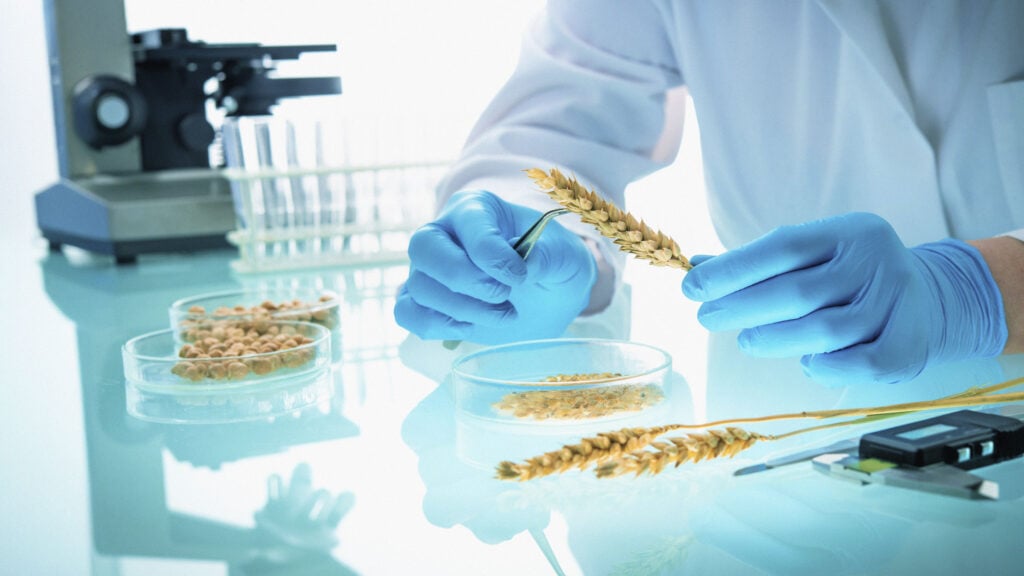
We’ve awarded 19 new research grants
Covering multiple cancers and both prevention and survivorship, we’re investing in groundbreaking science
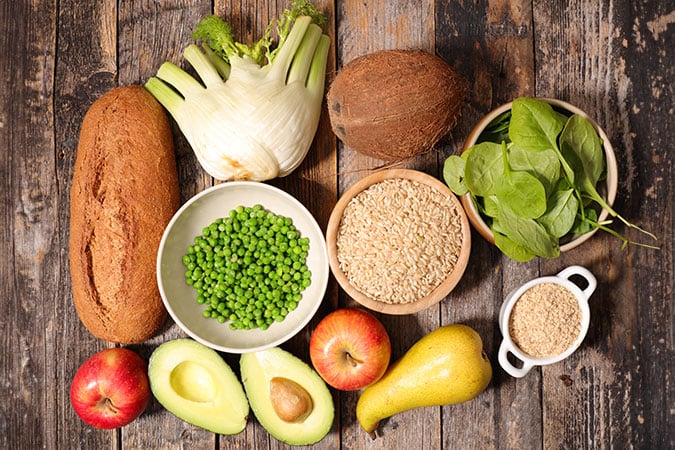
Our reaction to the launch of the US dietary guidelines 2025-2030
We give our verdict on the new dietary guidance released by the US administration on 7 January 2026.

Junk food marketing restrictions come into force
On 5 Jan 2026, the UK government’s long-awaited junk food advertising restrictions come into force, banning ads for unhealthy food and drink before 9pm on TV and across online platforms.

Thank you for your support in 2025!
It’s been a busy year for World Cancer Research Fund as we continue to fund pioneering new research into cancer prevention. Here’s how your generous donations have made a difference in 2025

The UK government’s response to the CMA infant formula market study: what we think
The UK government has published its response to the Competition and Markets Authority’s (CMA) infant formula study – here’s our verdict on their response
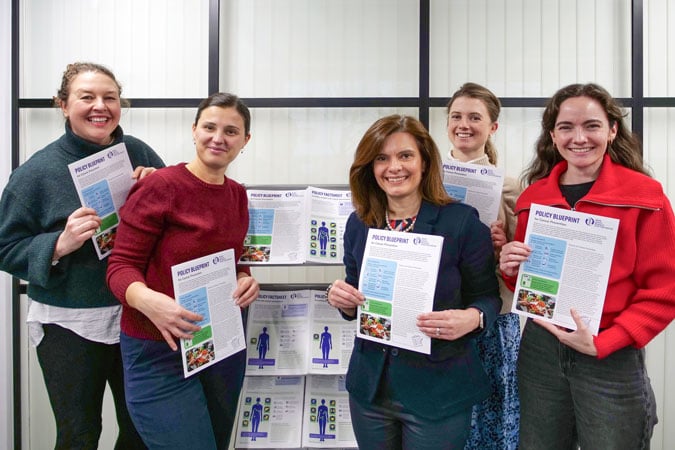
12 months – 12 moments: a year in review
Our Policy team looks back at their most impactful moments and achievements from 2025, with the year in review.

Government takes steps to improve diets and tackle alcohol harm
Our response to the UK Budget on 26 November 2025 – in which the government has made initial steps towards tackling obesity and alcohol harm
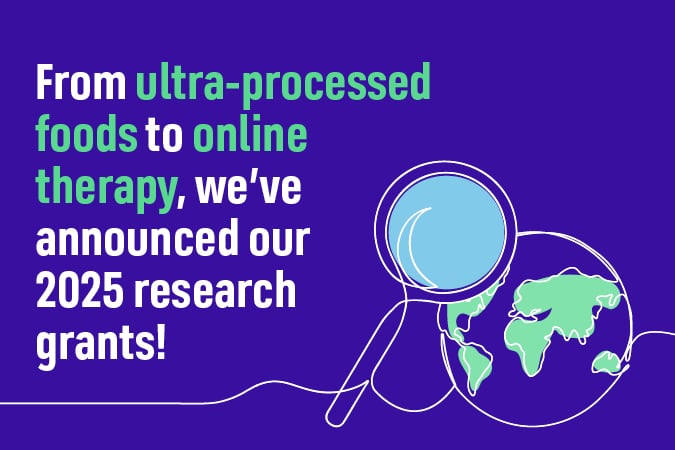
Donor power in action: 19 new research awards taking on cancer before and after diagnosis
We’ve awarded 19 new research grants, investing more than £5m to help people avoid cancer and live better and longer after a diagnosis

Behind the recipes: Gopi’s inspiration for Cook Through Cancer
Nutritionist Gopi shares her inspiration for the Cook Through Cancer cookbook and how she approached developing recipes for people affected by cancer

Turning evidence into action: insights from our Policy Advisory Group
We ask our Policy Advisory Group to share insights on how best to steer policy and action in cancer prevention worldwide

5 ways the UK government can be bolder on cancer prevention
We explore where the UK government needs to go further to realise its manifesto commitment to shift from sickness to prevention

The importance of pilot and feasibility studies
Researchers use these studies to identify and explore potential challenges before a main trial begins
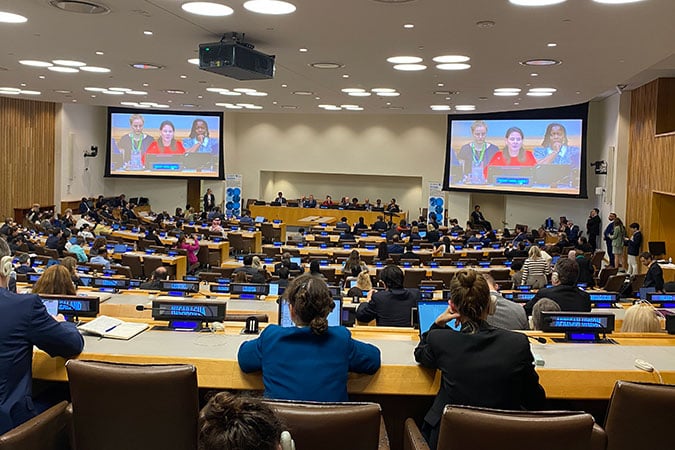
Why prevention must lead the way after the fourth UN High-Level Meeting on NCDs and mental health
We were in New York to advocate for cancer prevention, where world leaders met to discuss how to reduce the global burden of non-communicable diseases